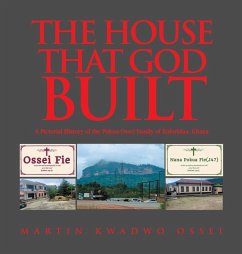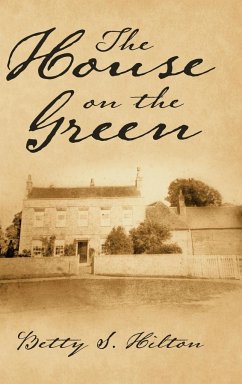
Technology and the Big House in Ireland, c. 1800-c.1930
Versandkostenfrei!
Versandfertig in 1-2 Wochen
100,99 €
inkl. MwSt.

PAYBACK Punkte
50 °P sammeln!
By the beginning of the nineteenth century, over ninety-five percent of all the productive land in Ireland was in the hands of Anglo-Irish landowners. They lived in the 'big houses', some of which still exist today, resplendent within their walled estates. Many others are now only gaunt ruins silhouetted against somber Irish skies, victims of 'the troubles' in the 1920s. There is a continuing fascination with the history of the big house in Ireland. Much of this interest stems from the Anglo-Irish living in places apart, in their estates, often in remote areas of an undeveloped and hostile lan...
By the beginning of the nineteenth century, over ninety-five percent of all the productive land in Ireland was in the hands of Anglo-Irish landowners. They lived in the 'big houses', some of which still exist today, resplendent within their walled estates. Many others are now only gaunt ruins silhouetted against somber Irish skies, victims of 'the troubles' in the 1920s. There is a continuing fascination with the history of the big house in Ireland. Much of this interest stems from the Anglo-Irish living in places apart, in their estates, often in remote areas of an undeveloped and hostile land. Part of the appeal is in the characters, neither wholly English nor Irish, who made up this landowning class in Ireland. However, another part, largely ignored until this study, is how many of these landowners not only met these challenges but achieved remarkable levels of self-sufficiency. It was their exploitation of technology that hugely bolstered their status and independence and enabled them to lead an exotic lifestyle in Ireland. Although much has been written regarding the social and political history of the Anglo-Irish in Ireland, little research has been conducted into the practical problems of living there. At a time when there were few roads, no railways, and sailing ships were the unreliable connection with England, existence might have been very basic indeed. Charles Carson uncovers and explains in simple terms the technologies employed, to not only make life bearable, but in some case to become a triumph over seemingly impossible odds. An appreciation of this background helps to explain the sense of status and independence that emanates from the big house in Ireland until their demise in the late twentieth century. Interdisciplinary investigative methods were used in this work. These included extensive archival research of estate papers throughout Ireland; fieldwork involving examination and photography of still-extant big house technology; and the use of published fictional and biographical big house material. Much additional insight, and suggestions for further research, resulted from visits to various big house locations. Owners, often descendants of the original families, or managers and ground staff, provided important local knowledge. Climbing amongst stored artefacts in cellars, barns, and subterranean tunnels helped to bring the past alive. Something of the ambiance of these explorations informs this book, thus helping towards an understanding of the fundamental importance of technology in underpinning the status and independence of the big house in Ireland. By examining the range, costs, and changing nature of the technologies employed, this book makes an important contribution to a deeper understanding of life in the big house in Ireland circa 1800 to circa 1930. Brief descriptions, accompanied by drawings or photographs, are employed to explain the operation, limitations, and improvements of many of the installations and techniques. These include water closets, pumps, cisterns, boilers, and firefighting equipment; open fires, hot air stoves, and central heating; walled gardens, hot walls and beds, warm air, steam, and hot water heating of glasshouses; the construction, location, stocking, and use of ice houses and ice; daylight enhancement, candle, oil, gas, and electric lighting; an optical telegraph, a church spire, engine driven equipment on the estate farm as well as mapping of bogs and their reclamation by wooden railways. Technology and the Big House in Ireland, c. 1800-c. 1930 is an important reference source for Irish study groups worldwide.








![The House of Lords Cases On Appeals and Writs of Error, Claims of Peerage, and Divorces: During the Sessions 1847 [-1866] Cover The House of Lords Cases On Appeals and Writs of Error, Claims of Peerage, and Divorces: During the Sessions 1847 [-1866]](https://bilder.buecher.de/produkte/68/68929/68929624n.jpg)



